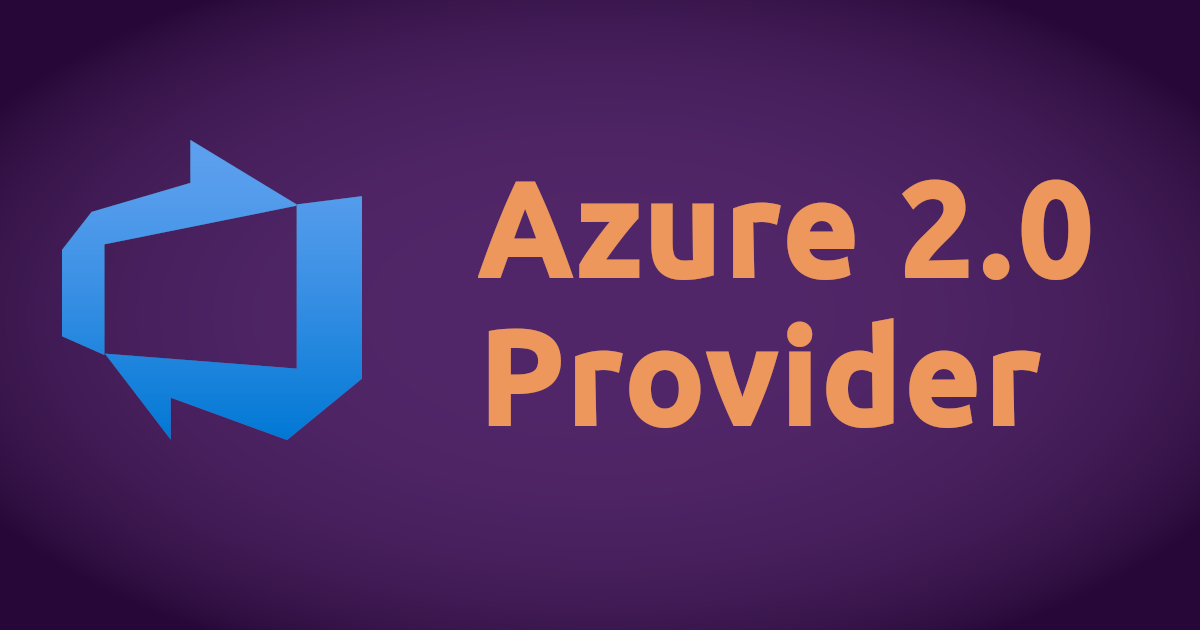Running Container Images in AWS Lambda

When AWS Lambda launched in 2014, it pioneered the concept of Function-as-a-Service. Developers could write a function in one of the supported programming languages, upload it to AWS, and Lambda executes the function on every invocation.
Ever since then, a zip archive of application code or binaries has been the only supported deployment option. Even AWS Lambda Layers—reusable components automatically merged into the application code—used the zip packaging format.
Today, AWS announced that AWS Lambda now supports packaging serverless functions as container images. This means that you can deploy a custom Docker or OCI image as an AWS Lambda function.









